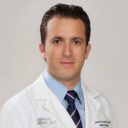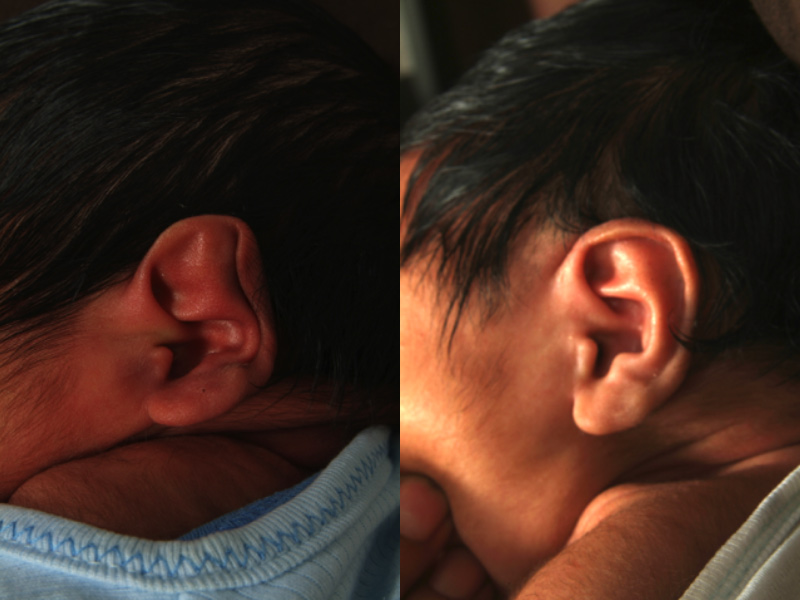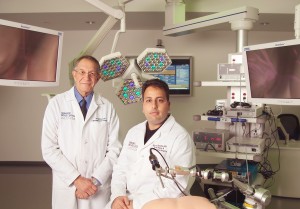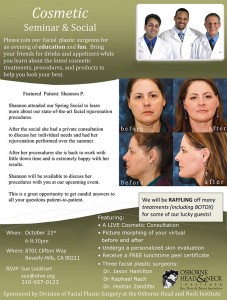- Folded Ear in Newborns: Treatment Options - April 11, 2018
- Newborn Ear Deformity: What Can Be Done? - April 11, 2018
- Ear Molding: An Overview - November 2, 2017
- Otoplasty for Protruding Ears - September 26, 2017
- Basal Cell Carcinoma: Facial Reconstruction Timing - September 26, 2017
- Clinical Considerations of Mohs Reconstruction of Cheek Defect - September 26, 2017
- Basal Cell Carcinoma: Nasal Bridge Reconstruction - September 26, 2017
- Skin Cancers Involving the Eyebrow: Clinical Considerations - October 3, 2016
- Treatment of Multiple Skin Cancer Lesions - June 1, 2016
- Skin Cancer: Nasal Reconstruction and Scar Management - June 1, 2016

- Risks of Surgery for Surfer’s Ear - October 26, 2017
- The Dangers of Untreated Exostosis / Surfer’s Ear - October 26, 2017
- Surfer’s Ear Treatment: Chisel vs Drill - October 26, 2017
Using EarWell System to Decrease the Need for Otoplasty in Children
About 5% of the babies are born with some type of an external ear or auricular deformity. Microtia (absent or severely deformed external ear) is the most extensive type of ear deformity. Microtia is also often associated with hearing deficit in the afflicted ear. However, the more common types of ear deformity involve mal-shaped external cartilages of the ear. These can include protruding ears, cup ear deformity, Stahl’s ear deformity (also known as Spock ear or Elf ear) and many other common minor external ear deformities.
These misshapen ears can have drastic psychosocial effects on children that can continue well into adulthood. These deformities are usually addressed with a surgical procedure called otoplasty. During otoplasty the abnormal ear cartilage is either removed or reconstructed to look more normal. However, otoplasty can not be performed until the ear has fully grown. This usually happens by around the age of 6.

Fortunately, there is another non-surgical method to correct most if not all of these auricular deformities within the first few weeks after birth. This process is called ear molding and takes advantage of the fact that during the first few weeks of life, maternal hormones circulating in the baby’s blood make the ear cartilages moldable. Thus, if ear molding is started within the first 2-3 weeks of life, after a period of 3-6 weeks the ear can have a normal shape that will last a lifetime. Via this process, we can avoid a more invasive surgery later on in life.
The EarWell system was developed specifically to aid in the process of ear molding with minimal discomfort. It makes the treatment regimen associated with misshapen ears, easier on the baby and the parents.
To learn more about ear molding or otoplasty, please visit: www.eardoctorla.com



